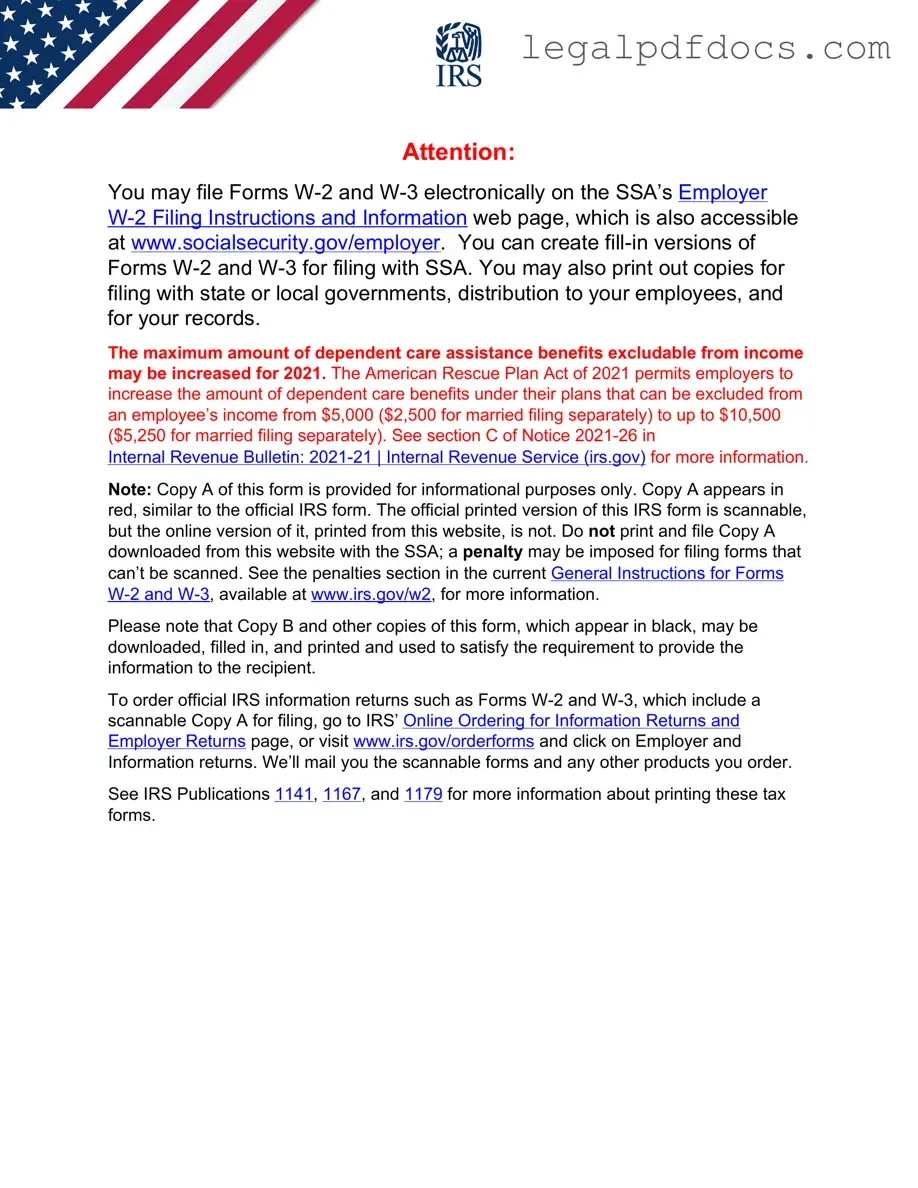The IRS W-2 form plays a crucial role in the annual tax process for employees in the United States. This form is issued by employers to report an employee's wages and the taxes withheld from their paychecks throughout the year. Each W-2 includes essential information such as the employee's total earnings, Social Security and Medicare taxes withheld, and any state or local taxes that may apply. Employers must provide this form to their employees by January 31st of each year, ensuring that individuals have the necessary information to accurately file their tax returns. Additionally, the W-2 serves as a key document for the IRS, helping to verify income and tax payments. Understanding the components of the W-2 is vital for both employees and employers, as it impacts tax obligations and compliance with federal and state regulations. As tax season approaches, familiarity with the W-2 form can ease the filing process and help prevent potential issues with the IRS.
